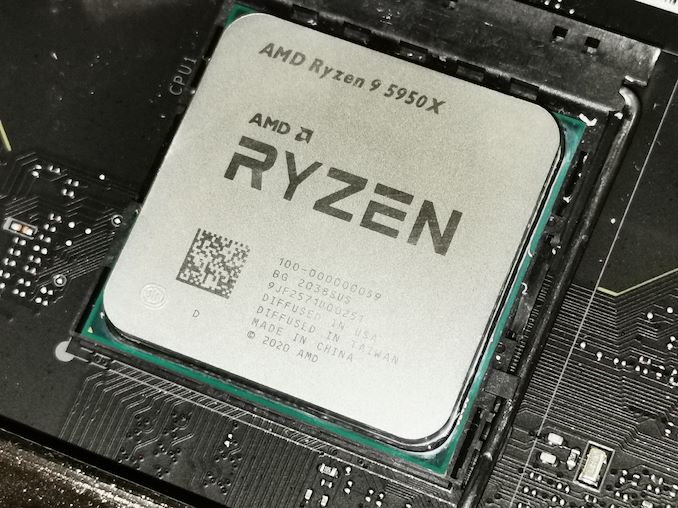Deck: 1.63 TFLOPS
Drake: 1.68 TFLOPS
Of course, we all know these are contextless numbers. And I think the people who throw around contextless numbers are also probably gonna through these contextless numbers around
Deck: 8 CPU threads @ 2.8GHz
Drake: 8 CPU threads @ maaaaaaybe 2.0 GHz
The problem is what happens when someone asks a reasonable and genuine question - "which is more powerful" - you kinda have to admit that all these numbers are liars. Any sort of nuance, and it's a three page reply. Any "short for non-techies" answer reply is gonna miss the nuance
Simplest answer that I think tells the truth is "yeah, Steam Deck has some horsepower advantages, but that's the price you pay for a device that actually fits nicely in your hand and has decent battery life. And with Nvidia wizardry on top, I don't think the horsepower difference matters much tbh"
I wouldn’t even really necessarily look at it like that, as the flops is a complex answer that doesn’t really portray the capabilities of the system.
If we take into account that Drake would have 12SMs, the Deck has 4WGPs, Drake has a GPU that is 3 times larger than the deck but will be clocked slower. The deck has the clockspeed advantage but Drake has way more hardware resources in the GPU alone that handling complex graphics should not be an issue at all for it.
Larger amounts of cache, more bandwidth, more formats supported by the GPU, etc.
RDNA2 is a good uArch and Ampere is also a good uArch, but the GPU in the deck is way smaller so it won’t be able to handle things well even if it achieved the same FLOPs. Drake
will handily outperform it simply due to that fact.
With RDNAx, they manage to share resources in a WGP (2 CUs) that act more like an SM would in how it shares its resources. Which is why I’m comparing it in such ways.
To go further, the Series S has 10 WGPs but it has significantly higher bandwidth and is clocked higher, so in a scenario such as that Drake will take longer to do a similar task that the series S does. But I will get back to this with an Asterisk.
PS5 has 18WGPs so on top of having 50% more WGPs, it would also be clocked >2x faster than Drake ever would in TV mode, so it would be 3x the performance on hardware resource value (which matters a lot).
Series X would have >2x the hardware resources and is likely clocked to 80 faster than Drake would be, so about 4x the performance Drake offers. Again, asterisk here.
Note that I’m using TV numbers, in portable you double everything here to get an idea of how much of a gap there will be.
And I’m saying this to reign some expectations because some people will get carried away and look at flops and think it’s the end all be all, but different architectures work differently with different flops. What Ampere does and what RDNA2 do is very different and they shouldn’t be seen as a 1:1, ever. Only when they are within the same architecture does it make sense to look at flops and even then, we need to account for other stuff such as memory and memory bandwidth. It’s all a piece of a very large and complex puzzle that quite frankly most people here will not get (neither will I as I’m not a game dev but know people!). It’s a lot of guesswork to get an idea.
Finally the asterisk, due to MS screwing up they (at the start for the few years) have, um, how do I put this where it doesn’t sound crazy? Ok so, because their system wasn’t quite ready, tools and such and all, they had performance issues with games. Not because the series X isn’t stronger than the PS5, because it is, but because there system was behind. And the DX12U API that the consoles run, even customized for it, will never run as close to the metal as the GNM successor API for the PS5 or NVN2. So two stones killed a bird here, but as time progresses and companies move to newer environments for development (one hopes anyway!), one element gets solved. But the API thing is still pretty high level compared to the other systems and that will never get to the same level imo due to the structure of Microsoft and Xbox.
That’s all I have today folks! I hope people understand the idea that the deck doing 1.6TFLOPs is irrelevant to Drake doing 1.6TFLOPs.







